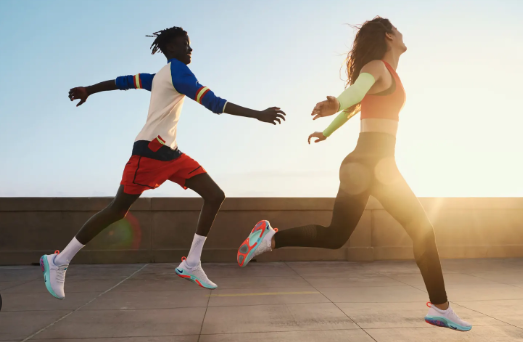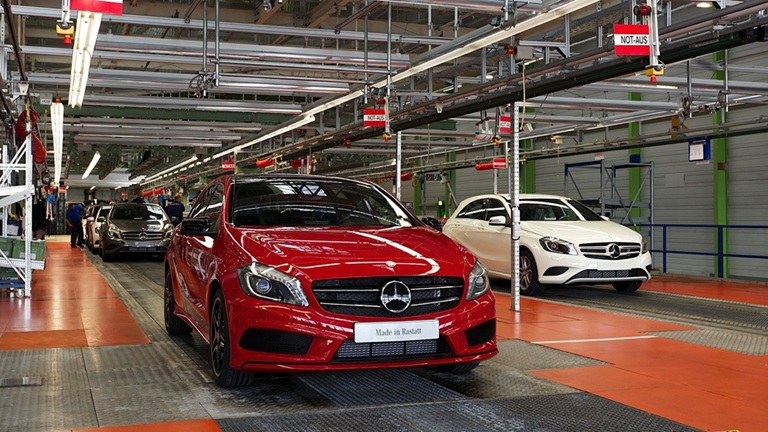Nike’s recent world record-setting moment with marathon runner Kelvin Kiptum wearing the Alphafly 3 gave the sportswear giant a glimmer of hope in the super-shoe competition. However, a closer look reveals that the company is losing ground in other areas of the race.
Competitors like Hoka and On are steadily gaining traction among runners and individuals seeking comfortable daily footwear. Adidas and New Balance are making waves in the streetwear market by reviving classic models in a plethora of color options, a strategy reminiscent of Nike’s own playbook.
In North America, Nike reported a 2% decrease in footwear sales in its latest quarter. This dip resulted from a 10% reduction in sales volume, the first decline in over a year, despite higher prices for Nike shoes. Although Nike remains the world’s top seller of athletic footwear and apparel, generating $48.7 billion in revenue from its flagship brand, the company faces formidable challenges.
Nike acknowledges the need to enhance product marketing, assortments, and strengthen connections with everyday runners. CEO John Donahoe emphasized the company’s commitment to addressing these areas in a recent earnings call with analysts.
Consumers like Del Shaffer, a regular runner, are switching to competitors like Hoka for their soft, cushioned footwear. Hoka, owned by Deckers Outdoor, reported a staggering increase in sales, reaching $1.4 billion in the year ending March 31, up from $223 million in 2019. On, owned by On Holding, achieved a 69% sales increase year-on-year, with plans to generate $1.9 billion in revenue for 2023 and doubling that by 2026.
Footwear industry analyst Matt Powell notes that these competitors are eroding Nike’s market share, especially in the fashion segment.
While Nike claims to have a 50-year innovation pipeline, some consumers and analysts believe that the pace of innovation from the Oregon-based company has slowed. Innovations like the Vaporfly and Alphafly, though groundbreaking, target a niche of runners willing to spend over $200 on footwear.
The pandemic and supply chain disruptions have complicated Nike’s production pipeline, and inventory issues have also arisen. In response, the company has rekindled relationships with retail partners it had severed just over a year ago.
Investors remain confident in Nike, with its shares up 16% in the past year, outperforming the S&P 500. The company aims to connect with everyday runners, introducing more affordable performance shoes like the $80 Nike Interact Run. Additionally, they are working on new running shoe technology expected to debut at the 2024 Summer Olympics.
Nike is transitioning from a reliance on limited-edition releases to capture sales and customer hype, focusing on the mass market. Recent releases on the SNKRS app have stayed available for longer, and the average transaction on sneaker resale platforms has declined since April 2022.
Nike’s reputation remains strong among teens, according to a survey by Piper Sandler, but some suggest the company needs to explore new collaborations to match the success of the Jordan brand’s partnership with rapper Travis Scott.
Even collaborations can be hit or miss, as a recent release with hip-hop star Drake struggled in the resale market. Nike faces a changing landscape in the competitive world of sports and streetwear, and its ability to adapt and innovate will be crucial in maintaining its leading position.
(Source: Inti Pacheco | WSJ)









